Blog
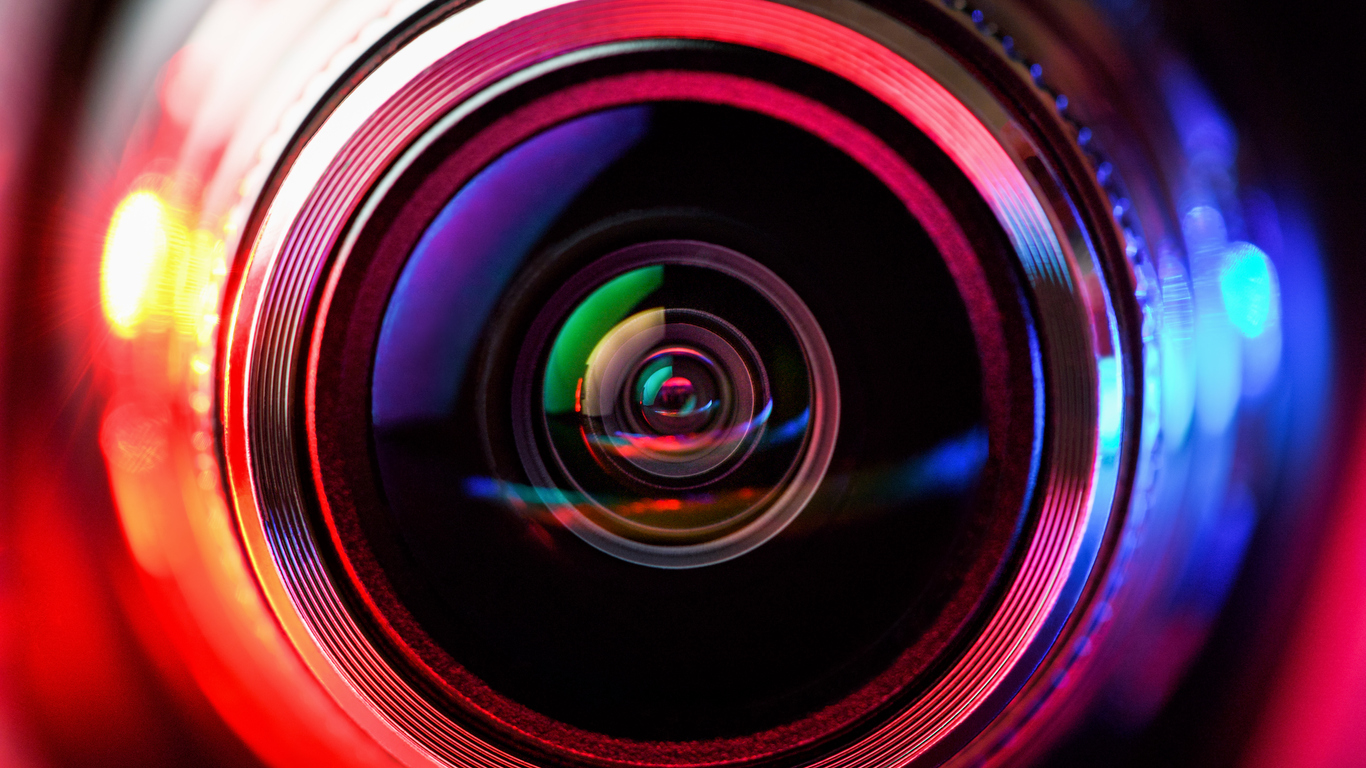
7 Things That Wouldn’t Exist Without Optics & Photonics
When people think of the optics and photonics industry, the big, flashy discoveries are what most remember.
While those discoveries are certainly impressive, optics and photonics aren’t completely separate from the things we do in our everyday lives.
Here are 7 things that wouldn’t exist without optics and photonics research:
Microscopes

Research in optics and photonics is far older than many people believe it to be. Evidence of the fruits of this research is in microscopes, which were invented in the late 16th century.
Microscopes rely on mirrors and the reflection of light to magnify images of samples so their details are easier to see with the naked eye.
While microscopes have certainly become more advanced in the last few centuries, they’ve contributed immensely to all sorts of other scientific discoveries across disciplines. Without the technology, we wouldn’t know about a whole host of things in the world, including:
- Taste buds
- Red blood cells
- Bacteria
- Cell division
- Microorganisms
Whether it’s just a simple microscope that’s used in a junior high biology lab or a high-powered one in a major research laboratory, microscopes have been behind many of the great discoveries of the last 400 years.
Lasers

From fun light shows to corrective eye surgery, lasers are part of our everyday life without us often knowing they’re there.
When you use a remote to turn on your television, for example, you’re sending a laser signal to a sensor in your TV. Without that laser, you’d be staring at a big, blank box all day long.
And, if you go to the store to buy a box of popcorn and some soda to enjoy with your movie, good luck checking out without the lasers in the barcode scanner.
But beyond the more entertaining uses for lasers, the technology has made it possible for scientists and medical professionals to perform procedures with incredible accuracy. Lasers can be used to analyze chemical reactions, initiate nuclear fusion, remove tattoos, and treat tumors.
Sensors
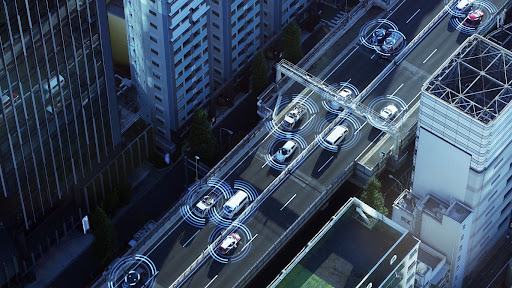
Hands-free technology - and even some laser technology - would be nothing without sensors.
These devices detect the proximity of another car to your car, alerting you not to change lanes, for example, or notify you if there’s a leak in your basement while you’re away. They make sure it’s safe to close your garage door, open the doors at the supermarket, and count products as they move along an assembly line.
Not all types of sensors are made utilizing optics and photonics technology, but some of the most recognizable sensors are made using optics and photonics and sense when objects pass through their field of vision, or are made to detect when a laser pulse is emitted.
Computers
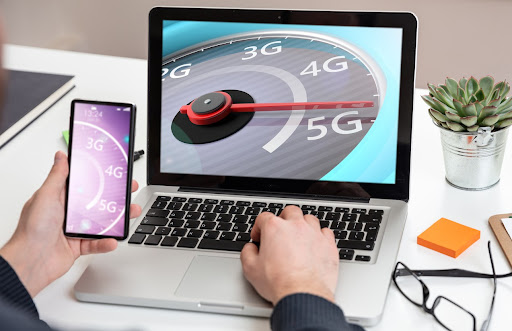
Beyond just the light necessary to produce pictures on your computer screen, computers wouldn’t exist without optics and photonics technology.
As technology has advanced and parts have become more affordable, optics and photonics are integrated into typical consumer computers. Things such as computer storage devices and processors do have optical counterparts, but optical computing is largely a one-day hope. Fiber optic cables are used to bring internet signal to individual devices, offering higher-speed access to information.
However, fully optical computing is still a ways off, scientifically, as there are still a lot of logistical difficulties in producing optical components for consumer computing.
Photography

From even the earliest days of photography, the discipline has used light to create a print of a captured image.
Where old cameras used light-sensitive materials to recreate real objects, modern cameras render light, shadow, color, and shapes with stunning accuracy.
And as technology has advanced, we no longer have to wait days for the photos we take to materialize on paper. Instead, we can take, upload, and share a photo in a matter of seconds, and digital storage allows for people to record nearly every second of their days.
Optical Devices
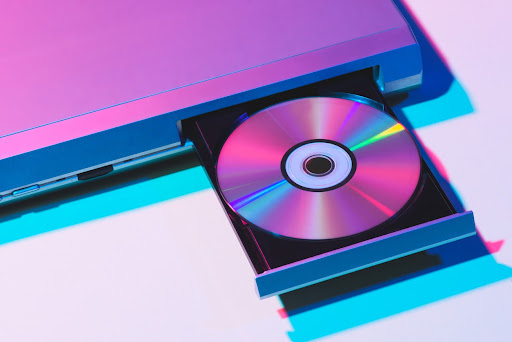
Do you remember when consuming media switched from VCR tapes to DVDs? Or when you stopped buying music on cassette tapes and instead purchased CDs?
This changeover marked the implementation of optical storage devices in consumer life.
Optical storage devices - CDs, DVDs, and Blu Ray discs - utilize laser light or electromagnetic waves to read and write data on a physical disc. These devices were able to hold more information than their older counterparts, and playback the data at a higher quality.
Fiber Optics
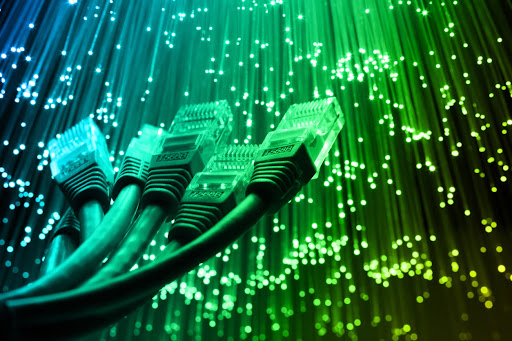
Fiber optics allows data signals to travel more quickly to your computer, giving you much faster internet access than the old days of dial-up. The technology also can be used for television and phone signals.
The cables transmit data using photons that pulse through the cables. While the signals do not travel at the speed of light because the particles are slowed down as they pass through the glass fibers, they do still travel much faster than the signals through copper cable, for example.
This means you can look up that statistic - or get started on that Netflix binge - faster and with fewer problems than ever before.
Optical Simulation Software Sales and Consulting
We have years of experience in optics and photonics simulation software sales, consulting, support, and training. We are the exclusive distributor for Photon Engineering's CAD software FRED. Contact us today!
